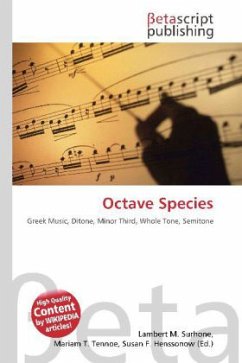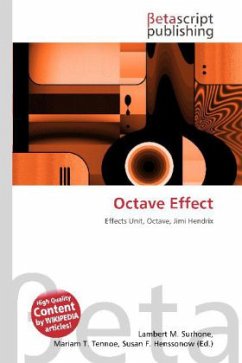In early Greek music theory, an octave species (eide diapason) is a sequence of incomposite intervals (ditones, minor thirds, whole tones, semitones of various sizes, or quarter tones) making up a complete octave (Barbera 1984, 231 32). The concept was also important in Medieval and Renaissance music theory. Greek theorists used two terms interchangeably to describe what we call species: eidos ( ) and sk ma ( ), defined as "a change in the arrangement of incomposite [intervals] making up a compound magnitude while the number and size of the intervals remains the same" (Aristoxenus 1954, 92.7 8 & 92.9 11, translated in Barbera 1984, 230). The basis of octave species was the smaller category of species of the perfect fourth, or diatessaron; when filled in with two intermediary notes, the resulting four notes and three consecutive intervals constitute a "tetrachord" (Gombosi 1951, 22). The species defined by the different positioning of the intervals within the tetrachord in turn depend upon genus first being established (Barbera 1984, 229). Incomposite in this context refers to intervals which are not composed of smaller intervals.
Bitte wählen Sie Ihr Anliegen aus.
Rechnungen
Retourenschein anfordern
Bestellstatus
Storno








